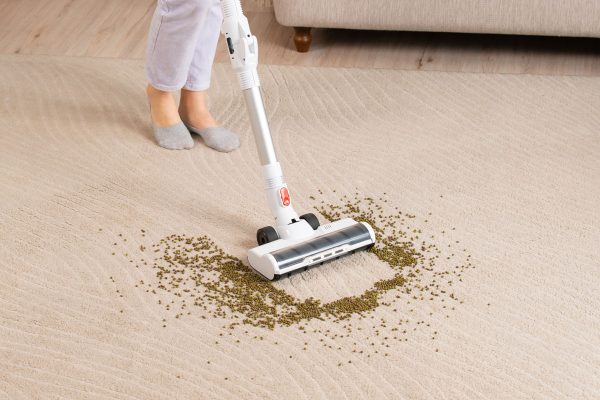So you've got this threshold in your entryway that's been there for years and it's seen better days. It's time to give it a much-needed update and remove that marble! We compiled the steps on how to do this project.
Removing a marble threshold can be a daunting task, but with the right tools and techniques, it can be done relatively easily. These are the steps to do it:
- Prepare the materials
- Focus on removing the sealant
- Break the marble threshold
- Scrape off other remaining pieces
In this blog post, we will outline the steps necessary to remove a marble threshold and replace it with a new one. Keep reading to learn more!
How Do I Remove a Marble Threshold?

Removing a marble threshold can be a difficult task, but it is worth the effort to preserve the beauty of your floors. Here are a few steps to help you remove a marble threshold:
1. Prepare the Materials
Gather the following tools and materials:
- pry bar
- hammer
- chisel
- utility knife
- goggles
- gloves
2. Focus on Removing the Sealant
Start using a hammer and chisel to break up the sealant around the threshold. Be sure to wear safety goggles to protect your eyes from flying debris.
3. Break the Marble Threshold
Once the sealant is removed, use a utility knife to score the threshold along its length. This will make it easier to break the threshold into manageable pieces.
You can also use a cold chisel and hammer to break the threshold into smaller pieces. Start at one end and work your way towards the other.
Use a putty knife or another similar tool to pry the threshold up from the floor. Once you've got a good grip on it, slowly but steadily pull it away from the adhesive.


4. Scrape Off Other Remaining Pieces
Use a wet/dry vac to suck up any debris left behind by the chisel and hammer.
Use a putty knife to scrape away any debris that is still stuck to the floor. Be sure to go over the entire area multiple times to ensure that all of the thresholds are removed.
If there are any stubborn areas, you can use a heat gun to soften the adhesive.
Use a damp cloth to clean up any residual dust or debris. You can also clean up any leftover adhesive with acetone or another solvent.
With these simple tips, removing a marble threshold will be a breeze!


See putty knife set on Amazon.
What Are Some Common Problems With Marble Thresholds?
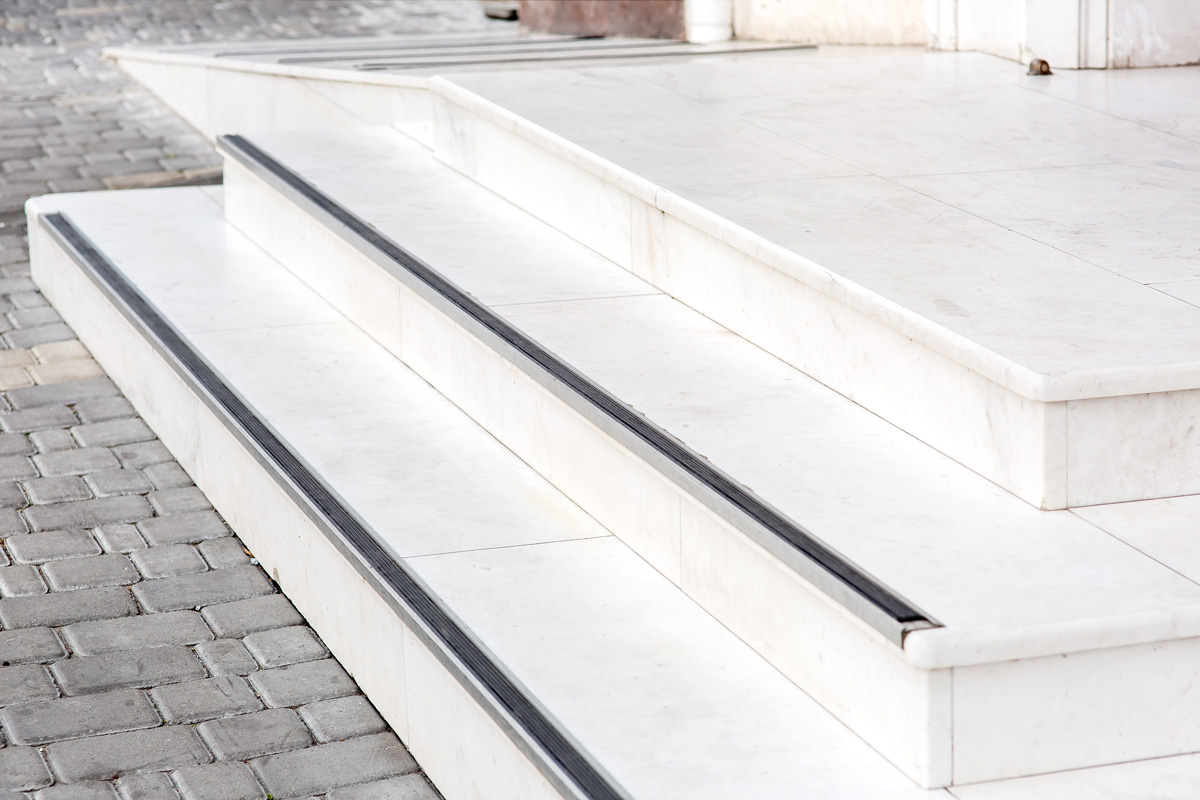
If you're considering installing marble thresholds in your home, it's important to be aware of some potential problems.
One issue is that marble is a relatively soft stone, which can easily be scratched or chipped. In addition, marble is susceptible to staining, especially if it's not properly sealed.
And because it has large pores, it can also trap dirt and grime, which can be difficult to clean.
Finally, marble thresholds can also develop small white crystals on their surface, known as efflorescence. While this isn't harmful, it can be aesthetically unappealing.
Overall, marble thresholds require some extra care and maintenance in order to keep them looking their best.
How to Know if You Need to Remove Your Marble Threshold?
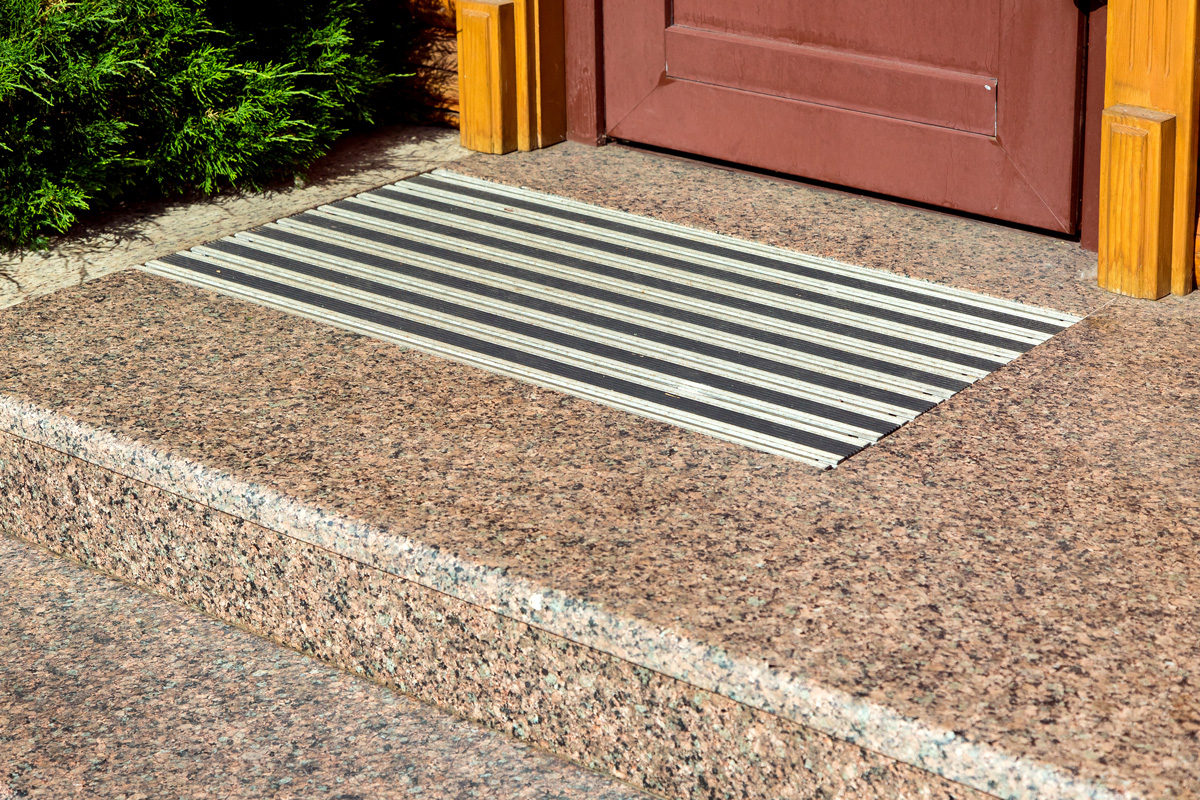
Marble thresholds are a beautiful addition to any home but can also be delicate and vulnerable to damage.
If you're unsure whether your threshold needs to be replaced, there are a few things to look for.
First, check for cracks or chips in the marble. If the damage is extensive, it may be best to replace the threshold. Otherwise, you can try repairing the damage with a filling kit.
Additionally, take a look at the marble color. It could be time for a new threshold if it has become dull or faded.
You need to think about the style of your home. A marble threshold might be a good choice if your home has a traditional and modern style. However, if your home has a more unique and contemporary style, you could consider removing your marble threshold.
You should think about the maintenance required for your new marble threshold. If you are not prepared to commit to the maintenance required for a marble threshold, then you may want to consider another option
What Are the Benefits of Removing a Marble Threshold?
Although a marble threshold may add a touch of luxury to a doorway, there are several reasons why you might want to remove it.
For one thing, marble is a relatively soft stone, which can be easily damaged by heavy foot traffic. Over time, the surface of the threshold can become pitted and scratched, making it difficult to keep clean.
In addition, marble is susceptible to staining, and even the most careful homeowner may eventually end up with unsightly discoloration.
Finally, marble thresholds can be expensive to replace if they become damaged beyond repair.
For all these reasons, many homeowners remove their marble thresholds and choose a more durable material for their doorways.
Should You Remove Your Marble Threshold or Ask a Professional To Do It?
If you're considering removing your marble threshold, there are a few things you should know first.
For one, marble is a very fragile material. It can easily chip or crack if it's not handled properly. Additionally, marble is very heavy, so it's important to have someone help you lift and carry it.
Once you've removed the threshold, you'll need to clean up the area where it was installed. This may involve patching and painting the walls and floor.
If you're not comfortable doing this yourself, you may want to hire a professional to do it for you ranging from $11.00 to $15.00 per square foot.
Yet still, the decision of whether to remove your marble threshold is a personal one.
If you're willing to put in the time and effort, it's certainly possible to do it yourself. But then, if you'd prefer to leave the job to someone else, that's okay too.
Other Alternative Threshold Materials Besides Marble
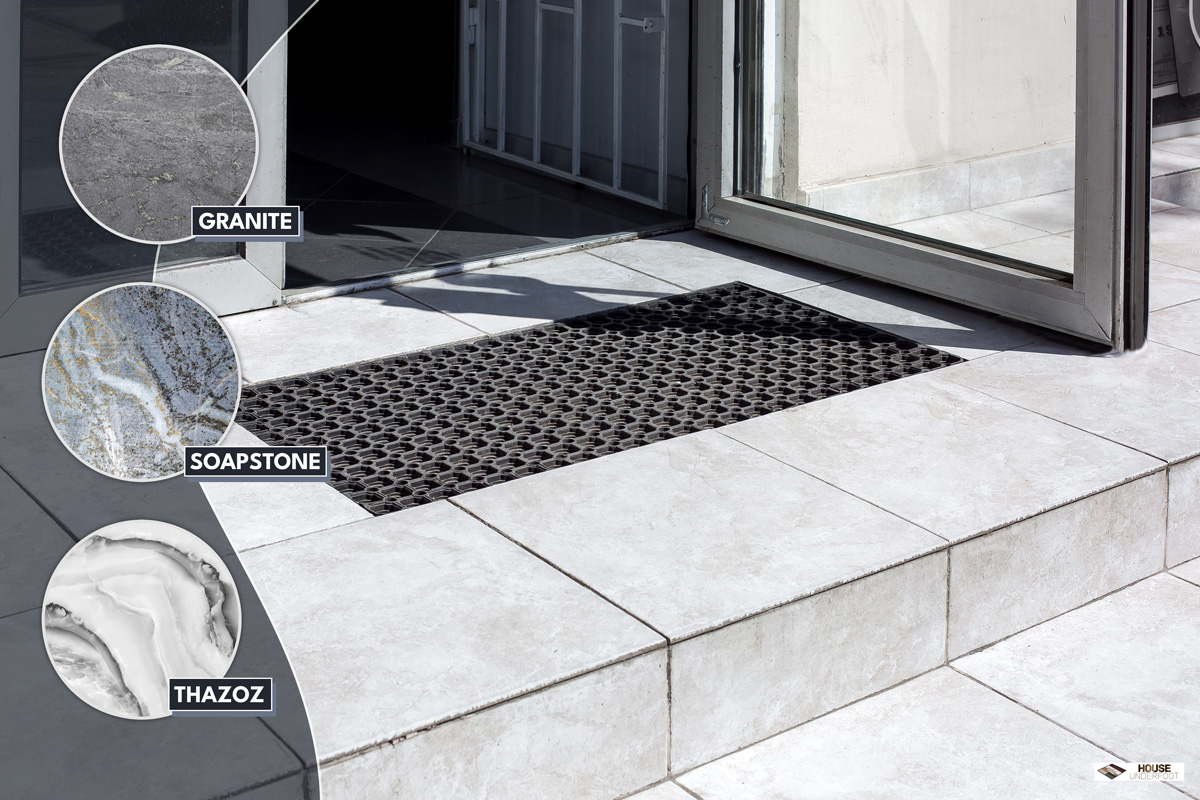
When it comes to threshold materials, marble is often seen as the gold standard. It's elegant, and classic, and provides a luxurious look to any space. However, marble can be quite expensive, and it isn't always the most practical choice for high-traffic areas.
If you're looking for an alternative to marble, there are several other options to consider.
1. Granite
Granite is one popular option. It's very durable and resists scratches and stains well. Plus, it comes in a variety of colors and patterns, so you can find a look that suits your space.
View granite threshold on Amazon.
2. Soapstone
Another material to consider is soapstone. Soapstone is non-porous, so it doesn't need to be sealed like other natural stone options. It's also heat resistant, making it a good choice for fireplaces or homes in warm climates.
3. Thazoz
Finally, thazoz is a relatively new material that has recently become popular for thresholds. It's an engineered quartz composite that looks like marble but is much more durable and easy to maintain.
Ultimately, the best threshold material for your home will depend on your budget and your needs. But if you're looking for something more practical or affordable, there are plenty of other great options available.
How Do I Install a New Marble Threshold?
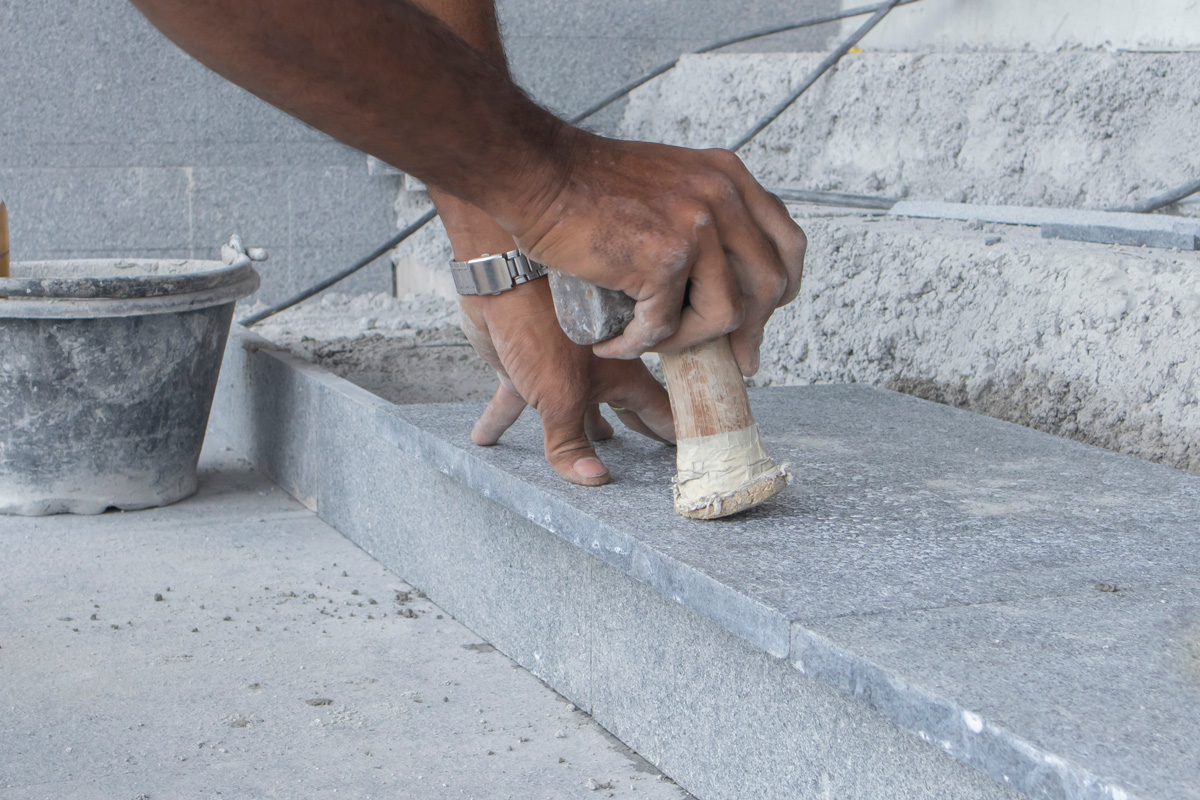
Replacing a damaged or worn marble threshold is a fairly straightforward process that can be completed in a few hours.
- Clean the area where the new threshold will be installed and apply a generous amount of adhesive.
- Ensure that the correct measurement of the marble threshold is.
- Place the new threshold in its proper place and press down firmly.
- Use a level to make sure that it is straight.
- Apply a caulk line around the perimeter of the threshold, then press it firmly into place.
- Use floor protectors (if needed) to secure the marble in place while it cures. Allow the adhesive to dry completely before using the threshold.
- Finally, buff the new threshold with a soft cloth to remove any smudges or fingerprints.
Final Words
You can always remove your marble threshold if you want to. But then, you can even ask professionals to do it for you. Call them if necessary but if not, enjoy doing this DIY project!
For more tips on keeping your flooring safe and stylish, see our posts below:


